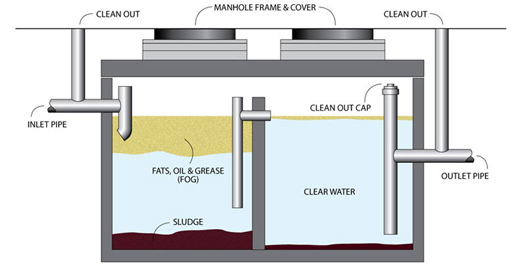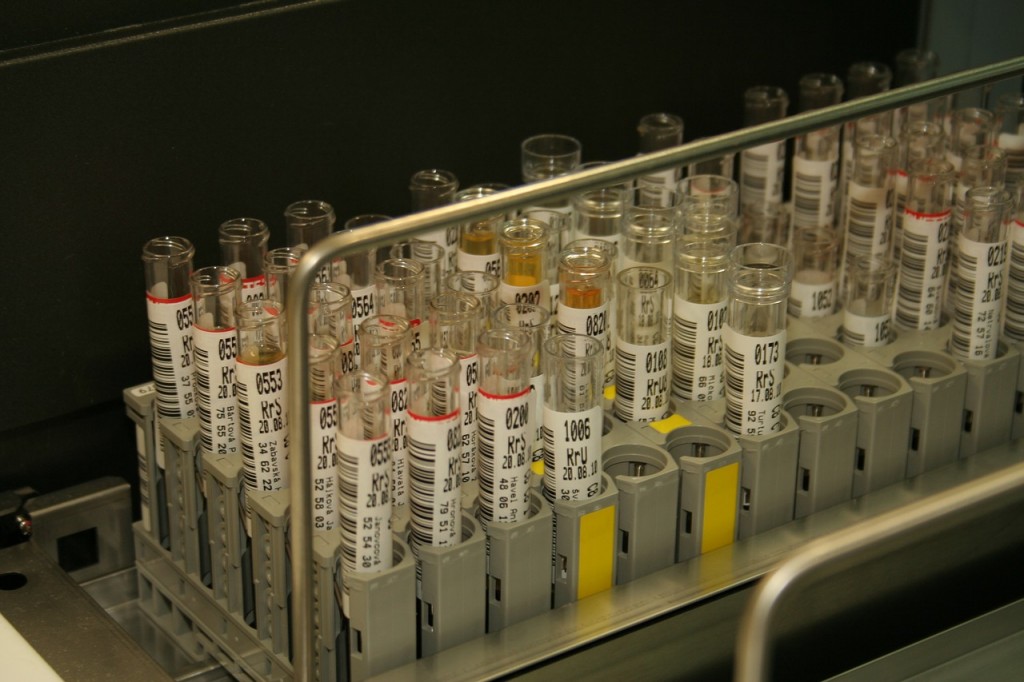Comprehensive Liquid Waste Disposal: Solutions for Residences and Businesses
Just How Fluid Waste Disposal Functions: A Thorough Review of Strategies and Technologies Used

Summary of Fluid Waste Kind
The intricacy of fluid waste kinds demands a comprehensive understanding of their qualities and effects for disposal. Liquid waste can extensively be categorized into numerous kinds, including commercial, metropolitan, farming, and contaminated materials. Each group exhibits unique properties, calling for details administration techniques to alleviate ecological and wellness dangers.
Industrial liquid waste stems from manufacturing processes and frequently contains a range of contaminants, such as hefty metals, solvents, and organic compounds. Metropolitan liquid waste, mainly consisting of wastewater from households and industrial facilities, consists of raw material, nutrients, and virus (industrial wastewater treatment). Agricultural fluid waste, consisting of runoff from ranches, might have fertilizers, pesticides, and animal waste, presenting risks to water top quality and environments
Unsafe fluid waste is identified by its poisoning, sensitivity, or prospective to cause harm. Recognizing these diverse fluid waste kinds is crucial for establishing effective disposal approaches and making sure compliance with ecological policies.
Physical Treatment Approaches

Testing is the initial step, where bigger bits and particles are gotten rid of from the fluid waste using displays or grates. This procedure secures downstream devices from damages and makes certain smoother procedure. Adhering to screening, sedimentation utilizes gravitational pressure to separate solids from fluids. In sedimentation storage tanks, much heavier particles clear up at the base, creating a sludge layer, while the cleared up fluid can be further dealt with.
Filtration is an additional necessary technique that involves passing the liquid with porous materials, such as sand or membrane layers, to catch smaller sized particles. This step boosts the high quality of the liquid, making it appropriate for succeeding therapy processes.

Chemical Treatment Methods
Chemical therapy strategies are important for successfully managing liquid waste, specifically in dealing with liquified and colloidal pollutants that physical methods may not properly eliminate. These strategies make use of different chemical agents to neutralize, precipitate, or change unsafe materials into less hazardous forms.
One usual method is coagulation and flocculation, where chemicals such as alum or ferric chloride are included in promote the aggregation of put on hold particles. This process boosts sedimentation, permitting for easier elimination pop over to this web-site of the resulting sludge. Furthermore, oxidation procedures, using representatives like chlorine or ozone, are employed to break down intricate natural substances and virus, providing the waste safer for discharge or additional treatment.
Neutralization is an additional important strategy, which readjusts the pH of acidic or alkaline waste streams to neutral levels, preventing prospective injury to downstream systems and the environment. Additionally, progressed oxidation procedures (AOPs) make use of combinations of oxidants and ultraviolet light to break down consistent contaminants, achieving a greater level of treatment efficiency.
Organic Therapy Processes
Organic therapy procedures play an important role in the administration of fluid waste by using microorganisms to disintegrate organic matter and minimize impurity levels. These processes can be extensively categorized into cardio and anaerobic therapies, each employing particular microbial areas to attain reliable waste destruction.
Aerobic treatment entails using oxygen to facilitate the break down of organic materials by bacteria. This process is generally carried out in activated sludge systems, where oygenation tanks provide a favorable atmosphere for microbial growth, causing the oxidation of organic toxins. The resultant biomass can be separated from dealt with effluent via sedimentation.
On the other hand, anaerobic therapy happens in the lack of oxygen, counting on various microorganisms to damage down raw material. This technique is particularly advantageous for high-strength waste, as it creates biogas, a renewable resource resource, while minimizing sludge production. Technologies such as anaerobic digesters are often used in local and industrial applications.
Both aerobic and anaerobic biological therapies not just lessen the environmental effect of liquid waste yet also help with resource recovery, making them vital components of lasting waste administration methods. Their versatility, effectiveness, and effectiveness sustain their widespread execution across various sectors.
Emerging Technologies in Disposal
Cutting-edge approaches to fluid waste disposal are rapidly developing, driven by developments in technology and a raising focus on sustainability. Amongst these emerging modern technologies, membrane bioreactors (MBRs) have gained traction for their capability to integrate biological therapy with membrane filtration, resulting in top quality effluent that can be reused in various applications. MBRs make it possible for smaller footprints and much more effective procedures compared to traditional systems.
Another promising advancement is the usage of anaerobic food digestion combined with nutrient healing modern technologies, which not only treats fluid waste but additionally produces biogas and recuperates beneficial nutrients like nitrogen and phosphorus. This double advantage boosts source efficiency and reduces environmental impact.
Additionally, advanced oxidation processes (AOPs) are being embraced for the degradation of intricate organic toxins. These methods use powerful oxidants and stimulants to damage down pollutants at the molecular level, offering an extremely effective option for difficult waste streams.
In addition, the assimilation of artificial knowledge and artificial intelligence in waste management systems is optimizing functional effectiveness and company website predictive maintenance, causing minimized costs and boosted ecological compliance. These technologies reflect a substantial change in the direction of even more efficient and sustainable liquid waste disposal techniques.
Final Thought
To conclude, reliable liquid garbage disposal demands a comprehensive understanding of numerous methods and innovations. The combination of physical, chemical, and biological treatment approaches guarantees the reliable monitoring of diverse waste types. Furthermore, the introduction of cutting-edge innovations enhances therapy efficiency and promotes sustainability in waste administration techniques. By continuously progressing these approaches, it ends up being possible to attend to the growing difficulties connected with fluid waste, inevitably adding to link environmental management and resource healing.
Fluid waste disposal is a crucial facet of ecological monitoring, needing a detailed understanding of numerous strategies and innovations customized to various waste types. Liquid waste can extensively be classified into numerous types, including industrial, municipal, agricultural, and unsafe waste. Agricultural fluid waste, including drainage from farms, might consist of fertilizers, pesticides, and pet waste, posing dangers to water top quality and ecological communities.
Numerous physical treatment techniques play an important function in taking care of fluid waste properly - industrial wastewater treatment.In final thought, efficient fluid waste disposal requires a detailed understanding of numerous strategies and technologies